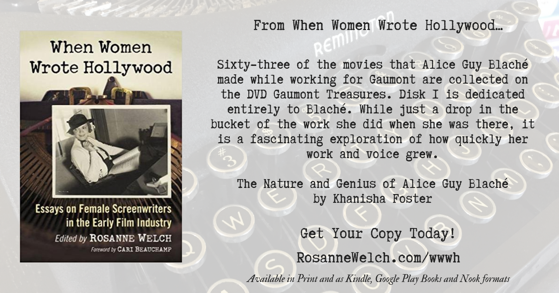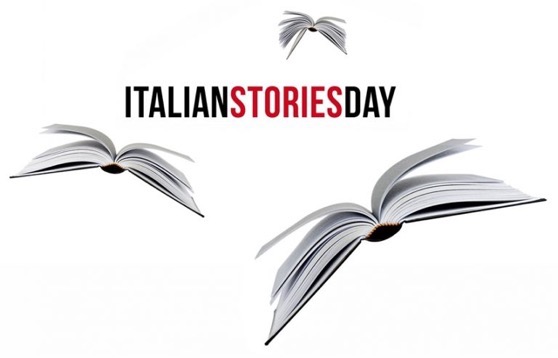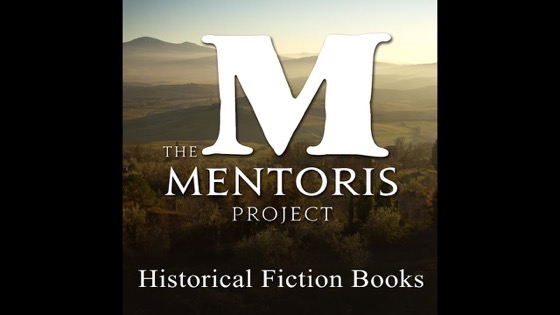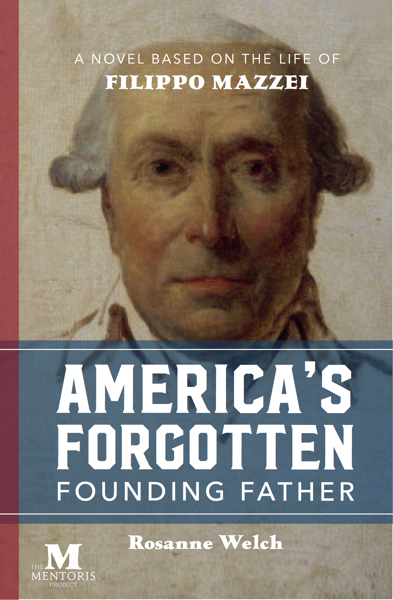Alice Guy-Blaché (July 1, 1873 – March 24, 1968) was a pioneer filmmaker, active from the late 19th century, and one of the first to make a narrative fiction film.[2] From 1896 to 1906 she was probably the only female filmmaker in the world. [3] She experimented with Gaumont’s Chronophone sound syncing system, color tinting, interracial casting, and special effects. She was a founder and artistic director of the Solax Studios in Flushing, New York, in 1908. In 1912 Solax invested $100,000 for a new studio in Fort Lee, New Jersey, the center of American filmmaking prior to the establishment of Hollywood. That same year she made the film A Fool and his Money, with a cast comprised only African-American actors. The film is now at the National Center for Film and Video Preservation at the American Film Institute.[4] — Wikipedia
A House Divided (Solax, 1913)
More about Alice Guy Blaché
- Read more about this screenwriter in When Women Wrote Hollywood
- Like When Women Wrote Hollywood on Facebook
- Alice Guy Blaché on Wikipedia
- Alice Guy Blaché on IMDB
- Alice Guy Blaché at the Women Film Pioneers Project
- Alice Guy Blaché at Virtual History
†
* A portion of each sale from Amazon.com directly supports our blogs
** Many of these books may be available from your local library. Check it out!
† Available from the LA Public Library


![09 Important Women Screenwriters Today from “When Women Wrote Hollywood” with Dr. Rosanne Welch [Video] (58 seconds)](https://rosannewelch.com/wp-content/uploads/2019/07/csuf-rmw-w3h-09.jpeg)
















![06 A Nameless Author from The Sisterhood of Science Fiction – Dr. Rosanne Welch [Video] (52 seconds)](https://rosannewelch.com/wp-content/uploads/2019/06/scifi-rmw-cpp-06.jpeg)






